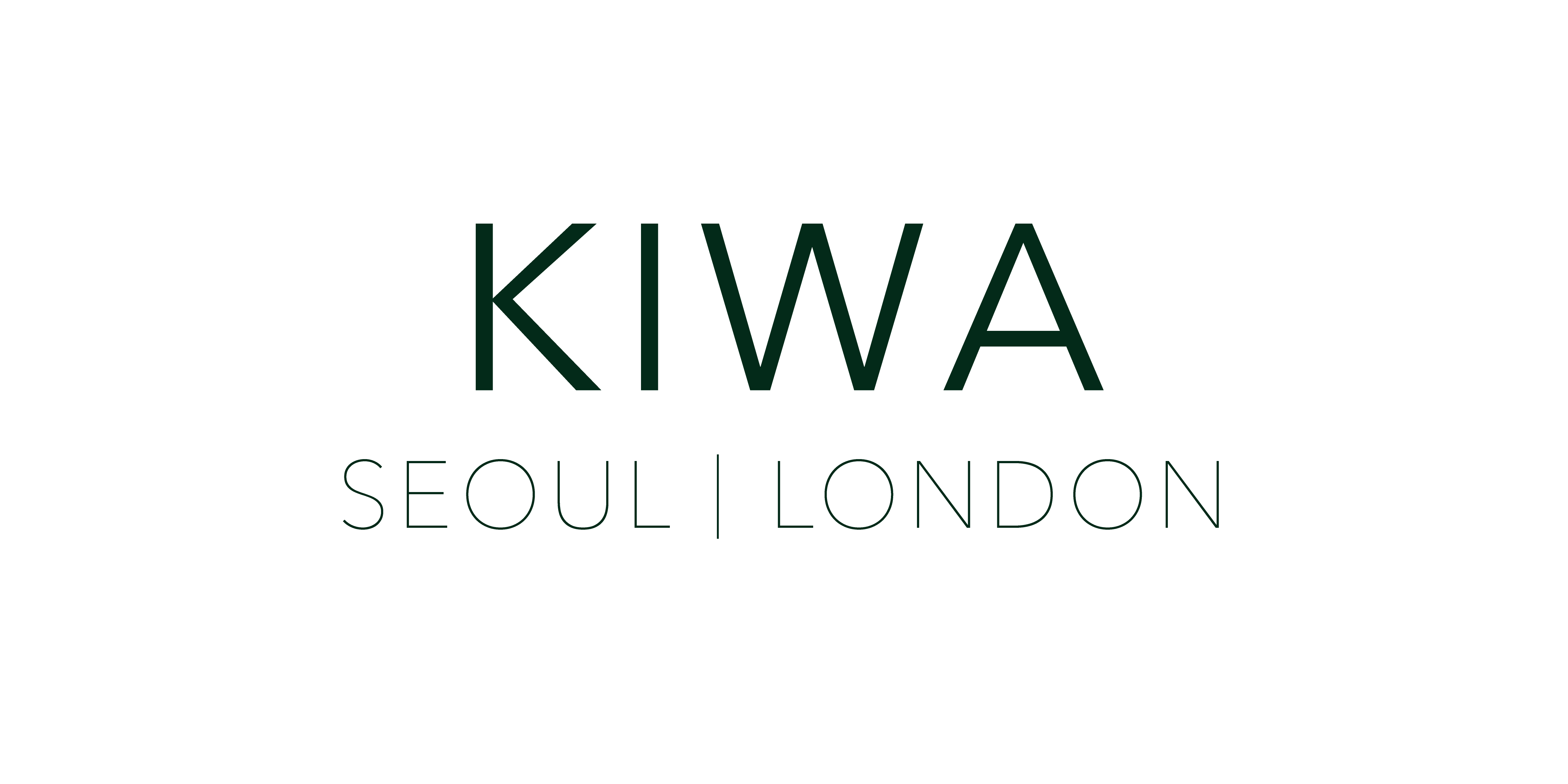Artistic activity, in the process of representing nature, often involves the shifting of “position”—or is deeply entangled with the velocity at which that position changes. Yet, when all positions are already occupied, and those occupied positions merely rotate rapidly within a closed system, art risks becoming nothing more than the functional medium through which speed is expressed. In today’s cultural environment, this monopolization of positionality has hardened into a historical and social structure of dominance, within which only the dazzling mechanics of speed are celebrated. Art, in this context, appears less as contemplation and more as a relentless sprint.
In the Fast & Furious franchise, Jason Statham’s character does not race toward a fixed destination. He dives into speed itself—into unfolding incidents—displaying agility in the face of unpredictable events. His action aligns uncannily with the aesthetic impulse and spirit of resistance often found in contemporary art. Some may argue that this violence and volatility reflect art’s essential experimental nature. But that, too, is an illusion. A driver in full throttle cannot truly see the landscape, nor approach the essence of nature. The genuine direction art must pursue begins by stepping outside the monopolized structure entirely.
Artists Chung Suejin and Ahn Doojin share a keen awareness of this condition. By reconsidering the very act of perceiving “position,” and by reimagining how we approach nature, both artists pierce cracks into the structures that govern how meaning and imagery are formed.
Chung Suejin’s Theory of Budo introduces a form-based thinking that breaks away from conventional systems of philosophical and humanistic reasoning. Her method is grounded in the structural parallel between the flatness of visual fields and the architecture of consciousness. In this system, the form is defined as “visible awareness.” The theory begins with 64 fundamental shape-units called “phase-stonemasons,” each composed of an exterior phase structure and an interior stonemason core, giving the unit both internal and external attributes. The combinations of these 64 units reconfigure existing image recognition systems, allowing consciousness itself to generate new multidimensional spaces through form. Through this rearticulation, Chung dismantles dominant perceptual structures and proposes an entirely new cognitive framework. She refers to these new formations as “multidimensional beings” or “monsters,” as the Theory of Budo simultaneously ruptures the established system and brings a new territory into existence.
Ahn Doojin, by contrast, begins with nature. His project Imaquark and Ownerless Painting introduces a new image-particle 'Imaquark' into the micro-world. Just as matter is made of fundamental particles, imaquarks constitute the smallest units of image, forming a material basis for painterly nature. The painting thus emerges not as intentional expression, but as a particle-based configuration of matter. This process deliberately diverges from traditional models of artistic authorship. Ownerless Painting responds to the generative forces of nature—it is the force that composes imaquarks into form. Within this system, the artist relinquishes authorship and becomes instead a kind of “machine” that generates variation and difference through repetition. In doing so, Ahn escapes the historical framework of positionality and velocity, and refuses to premise art on structural dominance.
And yet, Theory of Budo and Imaquark—though conceived through vastly different methods—converge in their attempt to construct a shared, uncharted territory. Both projects emerge from fundamental inquiries into the nature of art, travel along distinct trajectories, and intersect at a moment of possibility. The exhibition I (ASK) explores this point of intersection—a space where the parallel yet diverging worlds of Chung and Ahn begin to echo one another. The rigorous intellectual labor of Chung Suejin and the persistent material experimentations of Ahn Doojin are laid bare in this exhibition—not as artificially unified themes, but as separate vectors unfolding a new landscape.
Rather than forcing a conceptual umbrella over their works, I (ASK) allows them to unfold on their own terms. In doing so, the exhibition gestures toward something more vital: the possibility of a “new territory” being opened.


